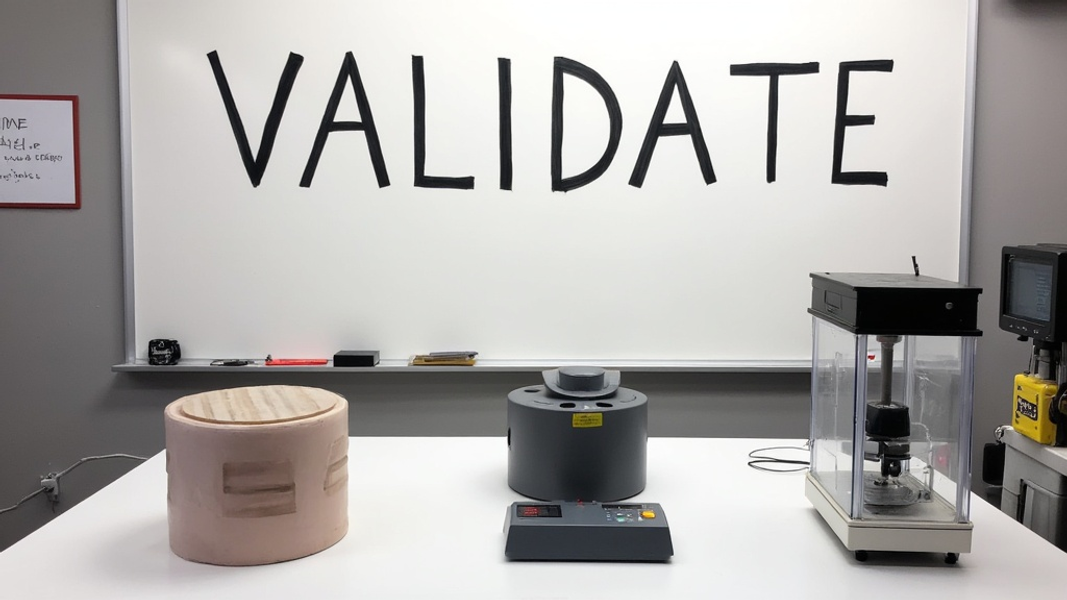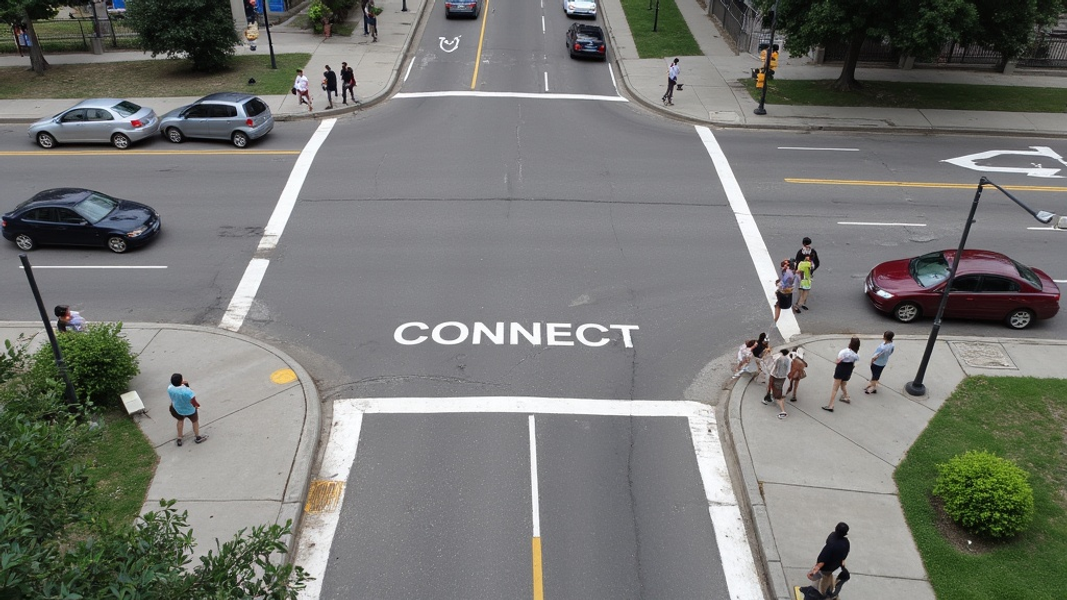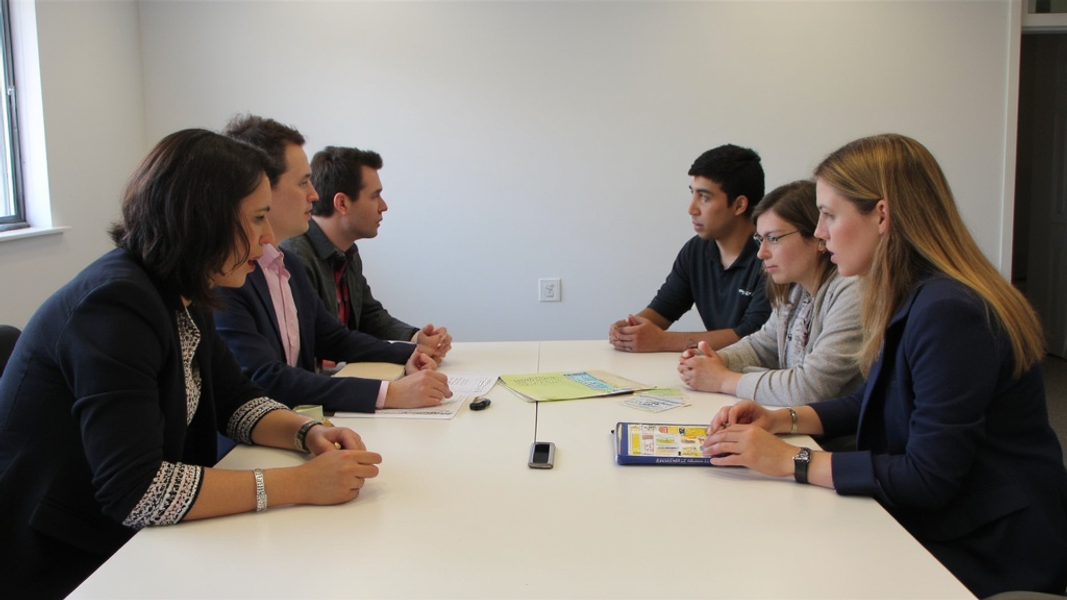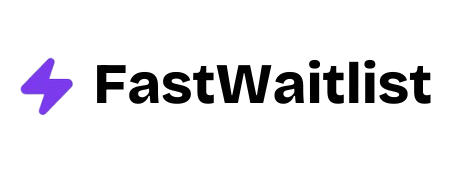
Have you ever wondered why some products take off while others flop? The secret often lies in product validation. Many startups fail because they build something nobody wants. But smart companies test their ideas first. This post will show you 10 real examples of product validation done right. You'll learn how to avoid costly mistakes and launch products people actually want.
What is Product Validation?
Product validation is the process of testing your product idea before you fully build it. It's like a trial run to see if people will use and pay for what you want to make. This step is crucial because it saves time and money.
The main goal of product validation is to check if there's a real need for your product. It helps you understand what customers want and if they'll buy your solution. By validating early, you can change course if needed, instead of wasting resources on something that won't sell.
Product validation also gives you confidence. When you know people want your product, you can move forward with more certainty. It reduces the risk of failure and helps you focus on making something truly useful.
The Product Validation Process
1. Identify the Problem and Target Audience
The first step in product validation is figuring out what problem you're solving and who has that problem. This means talking to potential customers and really listening to their needs. You want to understand their pain points and what solutions they've already tried.
For example, if you're thinking of making a new app for pet owners, you'd want to talk to lots of people who have pets. Ask them about their biggest challenges in caring for their animals. Find out what tools or services they wish existed. This information helps you create a product that people actually need.
2. Develop a Minimum Viable Product (MVP)
Once you know the problem, it's time to create a basic version of your solution. This is called a Minimum Viable Product or MVP. It's not the final product, but a simple version that shows your main idea.
Your MVP should focus on the core features that solve the main problem. For the pet app, maybe it's just a simple way to track feeding times and vet appointments. The goal is to have something real that people can try out and give feedback on.
3. Test and Gather Feedback
With your MVP ready, it's time to let people use it. This is where you learn if your idea really works. Give your MVP to your target audience and watch how they use it. Ask for their honest opinions.
It's important to keep testing and improving. Use the feedback you get to make your product better. Maybe pet owners using your app say they want a way to track their pet's weight too. You can add that feature and test again.
This process of testing and improving is key. It helps you create a product that truly fits what your customers need. By the time you launch, you'll have something that's been shaped by real user feedback.
10 Product Validation Examples
1. Dropbox's Explainer Video
Dropbox had a clever way to test their idea before building it. They made a simple video showing how their file-sharing service would work. This video explained the product's benefits in a clear, fun way.
They put this video on their website and watched what happened. Lots of people signed up for the waitlist after watching it. This told Dropbox that people were excited about their idea. They knew it was worth building the actual product.
The video got 70,000 sign-ups overnight. This huge response showed Dropbox they were on the right track. It gave them the confidence to move forward with development.
2. Buffer's Landing Page Test
Buffer, a social media management tool, started with just a landing page. This page described what Buffer would do and asked visitors if they were interested. If someone clicked "yes," they were taken to a page asking for their email.
This simple test helped Buffer see if people wanted their product. They found that many visitors were willing to give their email, showing real interest. Buffer used this information to decide to build their full product.
The landing page test was cheap and quick. It gave Buffer valuable data without needing to build the whole app first. This approach saved them time and money while proving people wanted their idea.
3. Airbnb's Photography Service Experiment
Airbnb noticed a problem: listings with poor photos weren't getting booked. They had a hunch that better photos would lead to more bookings. To test this, they offered free professional photography to some hosts in New York.
The results were clear. Listings with professional photos got booked two to three times more often than those without. This experiment showed Airbnb that investing in photography could greatly improve their service.
Based on this test, Airbnb rolled out a photography service to more cities. It became a key part of their offering, helping hosts create more appealing listings. This small experiment led to a major improvement in their business model.
4. Zappos' Wizard of Oz Approach
Zappos started with a unique approach to test their online shoe store idea. Instead of building a full inventory system, they used a "Wizard of Oz" method. When someone ordered shoes on their basic website, Zappos would buy the shoes from a local store and ship them.
This approach let Zappos test if people would buy shoes online without the risk of stocking inventory. It proved that there was demand for online shoe shopping. Zappos could then confidently invest in building a real inventory and shipping system.
The Wizard of Oz method showed Zappos that their idea could work. It gave them real orders and customer feedback to learn from. This smart validation technique helped Zappos grow into a major online retailer.
5. Groupon's WordPress Blog Start
Groupon began as a simple WordPress blog. Each day, they posted a new deal for a local business. If enough people said they wanted the deal, Groupon would email out PDF coupons.
This basic setup let Groupon test their daily deal concept without building a complex system. They could see if people were interested in group buying and if businesses would offer discounts.
The blog approach worked well. Groupon saw growing interest from both customers and businesses. This early success gave them the proof they needed to build a more advanced platform. Starting small helped Groupon validate their idea before scaling up.
6. Foursquare's SXSW Launch
Foursquare chose a smart way to launch their location-based app. They released it at the South by Southwest (SXSW) festival. This event attracts many tech-savvy people, making it perfect for testing a new app.
By launching at SXSW, Foursquare could get immediate feedback from their target users. They watched how people used the app and listened to their comments. This real-world testing helped Foursquare improve their product quickly.
The SXSW launch was a success. It created buzz around Foursquare and gave them valuable insights. They used this feedback to refine their app and add features that users wanted. This targeted launch strategy helped Foursquare grow into a popular service.
7. Spotify's Closed Beta
Spotify started with a closed beta test. They invited a small group of people to try their music streaming service. These early users got to use Spotify for free in exchange for feedback.
This approach let Spotify test their service with real users while keeping control. They could fix problems and add features based on user suggestions. The closed beta also created excitement, as people wanted invites to join.
Spotify's careful rollout helped them improve their product before opening to everyone. By the time they launched publicly, they had a service that was already tested and refined. This strategy helped Spotify become a leader in music streaming.
8. Etsy's Craft Fair Validation
Etsy founders tested their idea for an online craft marketplace at real craft fairs. They talked to artists and makers about selling online. This gave them insights into what sellers needed and wanted.
By meeting sellers in person, Etsy learned about the challenges of selling handmade items. They used this knowledge to create features that would help sellers succeed online. This hands-on research shaped Etsy's platform.
Etsy's approach showed the value of talking directly to potential users. By understanding seller needs, they built a platform that truly served their community. This careful validation helped Etsy become a go-to place for handmade goods.
9. Uber's Minimum Viable Product
Uber started with a basic app that only worked in San Francisco. This simple version let users request a ride from a small group of drivers. It didn't have many features, but it showed how the service would work.
This MVP approach let Uber test their core idea: connecting riders with drivers through an app. They could see if people would use the service and what problems might come up. Uber used this feedback to improve their app and service.
Starting small in one city helped Uber refine their model before expanding. They could work out issues and add features based on real user needs. This careful testing and growth strategy helped Uber become a global transportation company.

10. Kickstarter Campaigns as Validation
Many companies use Kickstarter to validate their product ideas. One great example is the Pebble smartwatch. The creators set up a Kickstarter campaign to see if people would be interested in their product.
The response was huge. Pebble raised over $10 million from 68,929 backers. This showed there was strong demand for their smartwatch. It gave them the funds to make the product and proof that people wanted it.
Kickstarter campaigns work well for validation because they show real customer interest. People are putting money down for a product that doesn't exist yet. This gives creators confidence and helps them gauge how many items to produce.
Key Takeaways from These Examples
These product validation examples teach us some important lessons. First, starting small is smart. Many successful companies began with a simple version of their idea. This lets you test your concept without spending too much time or money.
Getting direct feedback from customers is crucial. Whether it's through a beta test, a crowdfunding campaign, or talking to people at events, hearing from real users helps shape your product. Their input can guide you to make something people truly want.
Being flexible is key. Many of these companies changed their plans based on what they learned. They weren't afraid to adjust their ideas when they saw how people used their products. This willingness to adapt helped them succeed.
Choosing the right testing method matters. Each company picked a validation approach that fit their product and target audience. Some used videos, others used landing pages, and some tested at events. Think about what method will work best for your idea.
These examples show that validation doesn't have to be complicated or expensive. Often, a simple test can give you valuable insights. The goal is to learn if people want your product before you invest too much in building it.
How to Apply These Lessons to Your Product
1. Choose the Right Validation Method
Pick a validation method that fits your product and audience. If you're making a physical product, a crowdfunding campaign might work well. For a digital service, a landing page or simple app could be better. Think about where your target users are and how you can reach them easily.
2. Set Clear Success Metrics
Before you start testing, decide what success looks like. How many sign-ups or pre-orders would show that people want your product? What feedback would tell you you're on the right track? Having clear goals helps you know if your idea is working.
3. Be Ready to Change
Use the feedback you get to improve your product. If people aren't interested, try to understand why. Maybe you need to change your idea or explain it better. Being open to change can help you create something people really want.
4. Start Small and Grow
Begin with a simple version of your idea. Test it with a small group first. As you learn and improve, you can expand to more users. This step-by-step approach helps you manage risks and costs.
5. Keep Listening to Users
Even after you launch, keep asking for feedback. Your product can always get better. Regular check-ins with users help you stay on track and keep improving.

Common Product Validation Pitfalls to Avoid
When validating your product idea, watch out for these common mistakes:
Relying too much on friends and family: While it's tempting to ask people close to you, they might not give honest feedback. Try to test with people who match your target customer and don't know you personally.
Ignoring negative feedback: It's hard to hear criticism, but it's valuable. Pay attention to negative comments. They often point to real problems you need to fix.
Not testing with enough people: A few positive responses don't always mean success. Try to get feedback from a good number of potential customers to see real patterns.
Asking the wrong questions: Be careful not to lead people to the answers you want. Ask open-ended questions that let people share their true thoughts.
Moving too fast: Don't rush to build your full product right after a small test. Keep validating and improving as you go. It's better to move slowly and get it right.
Wrapping Up
Product validation is a key step in creating successful products. The examples we've looked at show how important it is to test your ideas before fully committing to them. From Dropbox's simple video to Kickstarter campaigns, there are many ways to see if people want what you're planning to make.
Remember, the goal of validation is to learn. It's about finding out if your idea solves a real problem for people. By starting small, listening to feedback, and being willing to change, you can create products that truly meet customer needs.
As you work on your own product ideas, think about how you can test them. Can you make a simple version to show people? Is there a way to gauge interest before building anything? Use these examples as inspiration to find the right validation method for your project.
Product validation might take some extra time at the start, but it can save you from bigger problems later. It helps you build something people actually want, increasing your chances of success. So before you dive into your next big idea, take a step back and think about how you can validate it first.
Frequently Asked Questions
How long should the product validation process take?
The time needed for product validation varies. It depends on your product type and the validation methods you use. Some quick tests, like landing pages, can give results in a few weeks. More complex validations might take several months. The key is to be thorough without getting stuck in testing forever.
Can I validate my product idea without spending money?
Yes, you can validate product ideas on a tight budget. Methods like social media surveys, landing pages, or talking to potential customers at events can be done for free or very cheaply. The focus should be on getting real feedback, not on spending money.
What if my product validation results are mixed?
Mixed results are common and valuable. They show areas where your product is strong and where it needs work. Look closely at the feedback. Try to understand why some people liked your idea while others didn't. Use this information to improve your product or rethink your approach.
How many people should I include in my product validation tests?
The number of people depends on your product and market size. For most tests, aim for at least 100 responses to see clear patterns. For niche products, you might work with smaller numbers. The goal is to have enough feedback to make informed decisions, not just rely on a few opinions.
Should I validate my product idea if I'm entering an established market?
Yes, validation is still important in established markets. It helps you understand how your product fits in and what makes it unique. You can learn why customers might choose your product over existing options. This information is crucial for positioning your product effectively.
